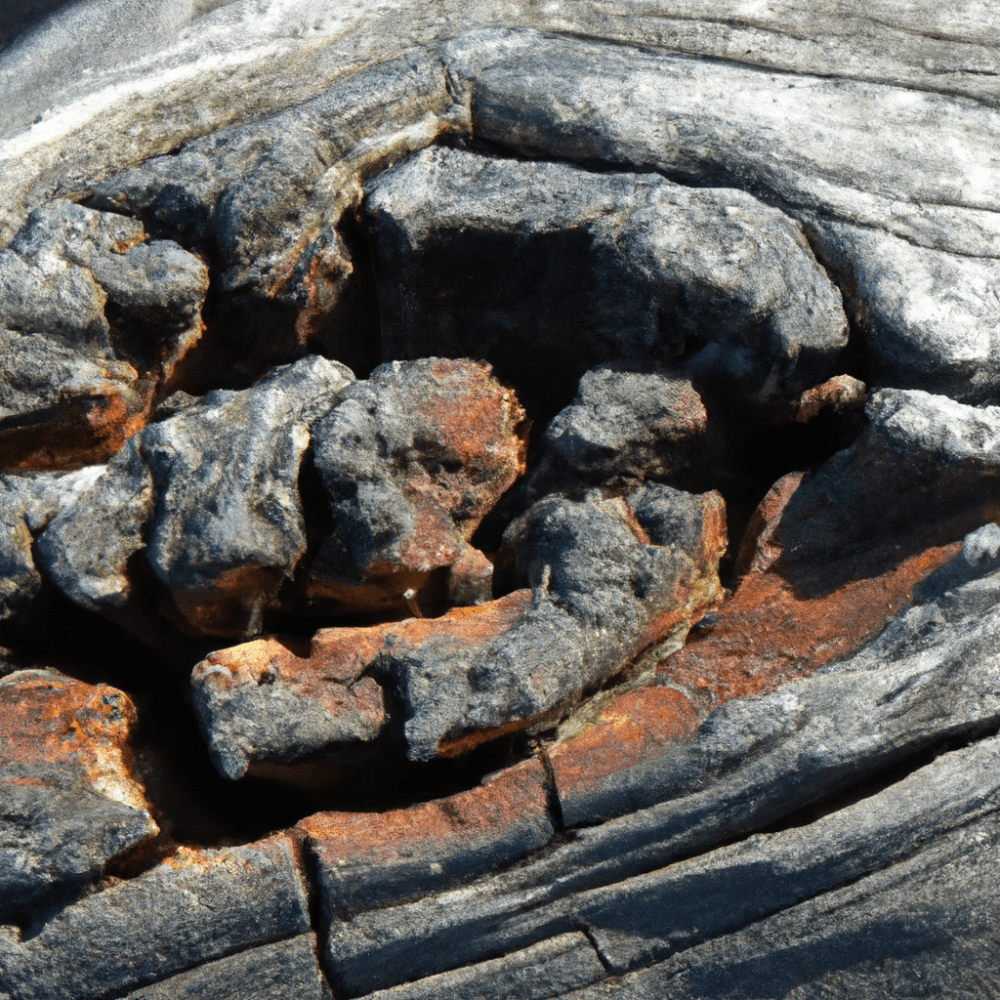If you’ve ever taken your furry friend for a beach stroll, you might have noticed their curious nature towards all things found on the shore. From seashells to sticks, they seem to have a knack for investigating the wonders of the seaside. But what about driftwood? Can dogs safely munch on this weathered timber? In this article, we’ll explore the question “Can dogs eat driftwood?” to ensure your four-legged companion stays healthy and happy during your beach adventures.
Can Dogs Eat Driftwood?
Driftwood is a common sight on beaches and other coastal areas, and it can be quite tempting for dogs to sniff and even taste it. As a responsible pet owner, it is important to understand the potential risks associated with dogs eating driftwood. In this article, we will explore the topic in depth, discussing the nature of driftwood, a dog’s eating habits, the possible dangers of consumption, and how to prevent your furry friend from ingesting it.
Overview of Driftwood
Driftwood refers to tree limbs, trunks, or branches that have been washed ashore by the ocean or other bodies of water. It is often weathered and worn due to exposure to the elements over time. Dogs may be attracted to driftwood, as its unique texture and smell can pique their curiosity. However, it is essential to recognize that driftwood is not intended as a food source for dogs.
Understanding Dog’s Eating Habits
Dogs are notorious for their indiscriminate eating habits, where they explore the world around them through their mouths. While this behavior is natural for them, it also means that dogs may ingest items that are not suitable for consumption. It is important to be aware of what your furry companion is putting in their mouth and take appropriate measures to keep them safe.

Potential Risks of Dogs Eating Driftwood
Driftwood poses several risks to dogs, ranging from physical dangers to the presence of toxic substances. Dogs may experience digestive issues, blockages, or even injury from fragmented pieces of driftwood. Additionally, certain toxic substances found in driftwood can lead to more severe health problems. It is crucial to understand these risks to ensure the well-being of your beloved four-legged friend.
Physical Dangers of Driftwood Consumption
One of the primary concerns with dogs eating driftwood is the physical dangers it can pose. Driftwood pieces may splinter or break, leading to injuries in the mouth, throat, or digestive tract. The sharp edges or protruding splinters can cause cuts or punctures, potentially resulting in pain, bleeding, or even infection. Ingesting large pieces can also lead to choking or blockages, requiring immediate medical attention.

Toxic Substances Found in Driftwood
In addition to the physical dangers, driftwood may contain toxic substances that can harm dogs. Some driftwood may have been treated with chemicals or exposed to pollutants, such as oil or pesticides. As dogs chew or consume driftwood, these toxins can be released and ingested, causing various health issues. Symptoms of toxicity can range from mild gastrointestinal upset to more severe complications, depending on the specific toxins involved.
Digestive Issues Caused by Driftwood
The ingestion of driftwood can also disrupt a dog’s digestive system. The rough texture and hardness of driftwood can irritate the delicate lining of the stomach and intestines, leading to inflammation and discomfort. This irritation can result in symptoms such as vomiting, diarrhea, abdominal pain, or loss of appetite. Prolonged or severe digestive issues can lead to dehydration and malnutrition, requiring veterinary intervention.
Behavioral Implications of Dogs Eating Driftwood
Eating driftwood can have behavioral implications for dogs as well. If a dog develops a habit of chewing or consuming driftwood, it may become difficult to break this behavior. This can be problematic, as repeated ingestion may increase the risks and dangers associated with driftwood consumption. Moreover, if a dog gets a positive response from their owner when they chew on driftwood, they may perceive it as an acceptable behavior, further reinforcing the habit.
Signs and Symptoms of Driftwood-related Problems
Being able to recognize the signs and symptoms of driftwood-related problems is essential for a prompt response and veterinary care. Keep an eye out for any changes in your dog’s behavior or health, including vomiting, diarrhea, lethargy, loss of appetite, abdominal discomfort, or bleeding from the mouth or rectum. If you suspect that your dog has ingested driftwood or is exhibiting any concerning symptoms, contact your veterinarian immediately.
Actions to Prevent Dogs from Eating Driftwood
Prevention is key when it comes to keeping your dog safe from the potential dangers of driftwood. To minimize the risk of ingestion, it is important to supervise your dog closely when in outdoor areas where driftwood may be present. Keep your dog on a leash if needed, and redirect their attention with toys or treats to discourage them from exploring or chewing on driftwood. Additionally, practicing obedience training and reinforcing “leave it” or “drop it” commands can be beneficial in preventing your dog from engaging with driftwood.
Safe Alternatives for Dogs
Even though dogs may be naturally inclined to chew on objects, it is crucial to provide them with safe and appropriate alternatives. Offer a variety of chew toys specifically designed for dogs, such as durable rubber toys or nylon bones. These toys are built to withstand the pressure of chewing and are less likely to splinter or break apart, reducing the risk of injury or ingestion. Regularly inspect your dog’s toys for signs of wear and tear, and replace them as needed to ensure their safety.
In conclusion, while driftwood may seem intriguing to your furry companion, it is important to keep them away from it. The potential risks of physical harm, toxic substances, digestive issues, and reinforcement of undesirable behavior make it essential to prevent dogs from eating driftwood. By being proactive and providing appropriate alternatives, you can ensure a safe and enjoyable environment for your beloved canine friend.